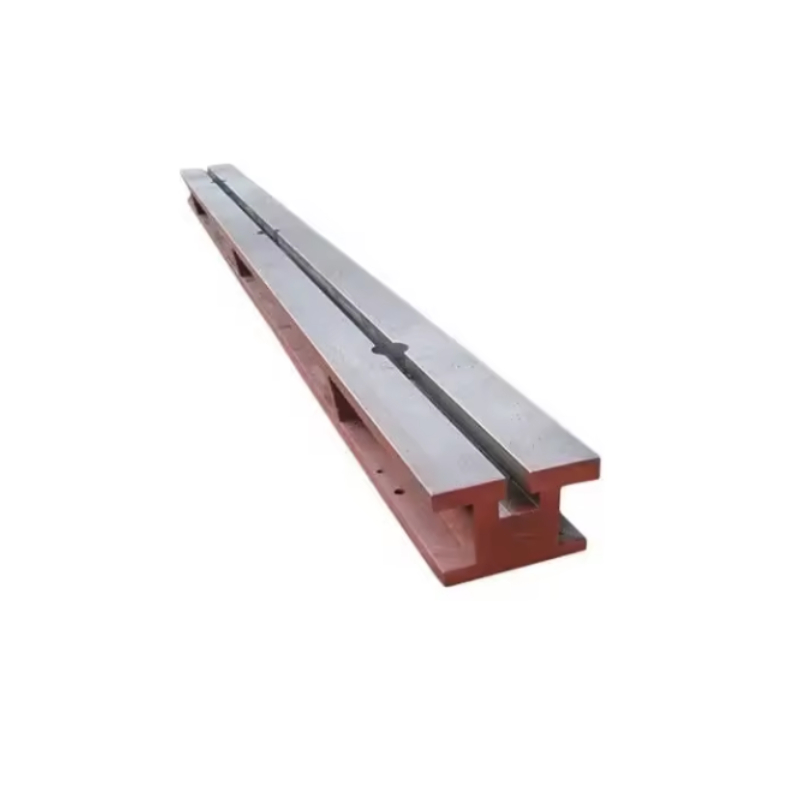Ara . 22, 2024 05:27 Back to list
various types of control valves
Various Types of Control Valves
Control valves are critical components in a range of engineering applications, particularly in industries such as oil and gas, water treatment, power generation, and chemical processing. They regulate the flow of fluids through a system by adjusting the size of the flow passage as directed by a controller. Understanding the different types of control valves and their specific functions can enhance system efficiency and reliability.
One of the most common types of control valves is the globe valve. Recognized for its spherical body shape, the globe valve is ideal for applications that require throttling and flow regulation. It operates by moving a disk over a seat, allowing precise control of the fluid’s flow rate. This design minimizes turbulence and provides a high degree of control. However, globe valves can generate a pressure drop, making them less suitable for applications requiring minimal pressure loss.
Another widely used control valve is the ball valve. Featuring a spherical disc that rotates to open or close the flow passage, ball valves provide a quick and efficient means of shut-off. They are particularly favored in applications where space is limited due to their compact design. Although primarily used for on/off service, some ball valves are also designed to provide throttling capabilities, though these are less common.
Butterfly valves are also prominent in various industries. These valves consist of a rotating disc that opens or closes when the handle is turned. They are lightweight and compact, making them suitable for large pipe sizes. Butterfly valves are typically used in applications requiring quick shut-off and good flow control. However, they can be less effective than globe or ball valves in terms of control precision, particularly in low-flow conditions.
various types of control valves

The check valve plays a different role in fluid systems but is essential for preventing backflow. This type of valve opens in one direction and automatically closes when the flow reverses, which helps protect pumps and other equipment from damage. Check valves come in various designs, including swing, lift, and ball types, each suitable for specific applications and flow conditions.
In processes that involve very precise control, needle valves are often employed. These valves are designed for high-precision flow regulation, utilizing a tapered point that engages with a seat to provide exceptional control over low flow rates. Needle valves are ideal for applications requiring fine adjustments, such as in laboratory settings or specialized fluid systems.
In more complex applications, proportional control valves are essential. These valves adjust the flow continuously and are controlled by a signal from an electronic controller. They enable more nuanced control of fluid dynamics, which is crucial in many automated processes. Proportional valves can be designed as solenoid-operated or pneumatic, depending on the application’s requirements.
Conclusion
Understanding the various types of control valves is crucial for engineers and technicians working in fluid dynamics and process control. Each valve type has its own strengths and weaknesses, making it vital to choose the correct one based on specific operational needs and system designs. By selecting the right control valve, industries can enhance efficiency, optimize fluid management, and ensure safety across their operations. Whether it’s a globe valve, ball valve, butterfly valve, check valve, needle valve, or proportional control valve, the choice directly impacts process performance and reliability.
-
Why Metric Trapezoidal Thread is Ideal for Precision Motion ControlNewsAug.05,2025
-
The Unique Properties of a Block of Granite for Industrial UseNewsAug.05,2025
-
The Role of Flanged Y Strainers in Preventing Pipeline ClogsNewsAug.05,2025
-
The Importance of Regular Calibration for Master Ring GagesNewsAug.05,2025
-
How a Cast Iron Surface Table Enhances Accuracy in ManufacturingNewsAug.05,2025
-
Comparing Different Check Valve Types for Optimal Flow ControlNewsAug.05,2025
Related PRODUCTS









